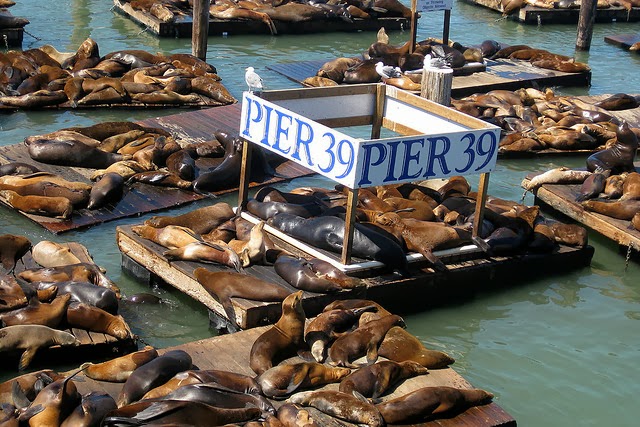Why Galapagos Iguanas Take a Huge Gamble
Wednesday, 14 December 2016
Life, it is said, is something of a gamble. If that is indeed the case, then the high risk takers are probably the Galapagos iguanas. Survival is the name of the game – this is not like stargames or any of the online games we can enjoy without the threat of our imminent demise. This is something altogether different.
When the hatchling iguanas emerge they are small but identical in every other way to adults. Their eggs are laid away from the sea to avoid them being washed away. This comes at a price, however. As soon as the hatchlings try to make a move they attract the attention of a very unwanted predator!
This remarkable footage shot for the Life on Earth II series by the BBC shows the iguanas’ enemy, the racer snake, forever on the lookout for a meal. When a hatchling is spotted the snakes make a dash from their retreats to try and secure a meal. What is even more astonishing is that the snakes look like they are working together as they pursue the new-borns.
However, they are not. The racer snakes, too, are taking something of a gamble. If an iguana is caught the snakes do not share the meal, as lions would do in the wilds of Africa. The iguana is eaten whole and that means that only one snake can have the meal. This means that even if ten snakes pursue a baby iguana only one will be able to partake of the feast!
It’s almost enough to make you feel a little sorry for the snakes – but not quite, I suspect. Life on the Galapagos islands can be short and harsh but the gamble that these incredible iguanas take usually pays off and, as you can see in the video above, many get to join their parents by the sea-shore.


















































